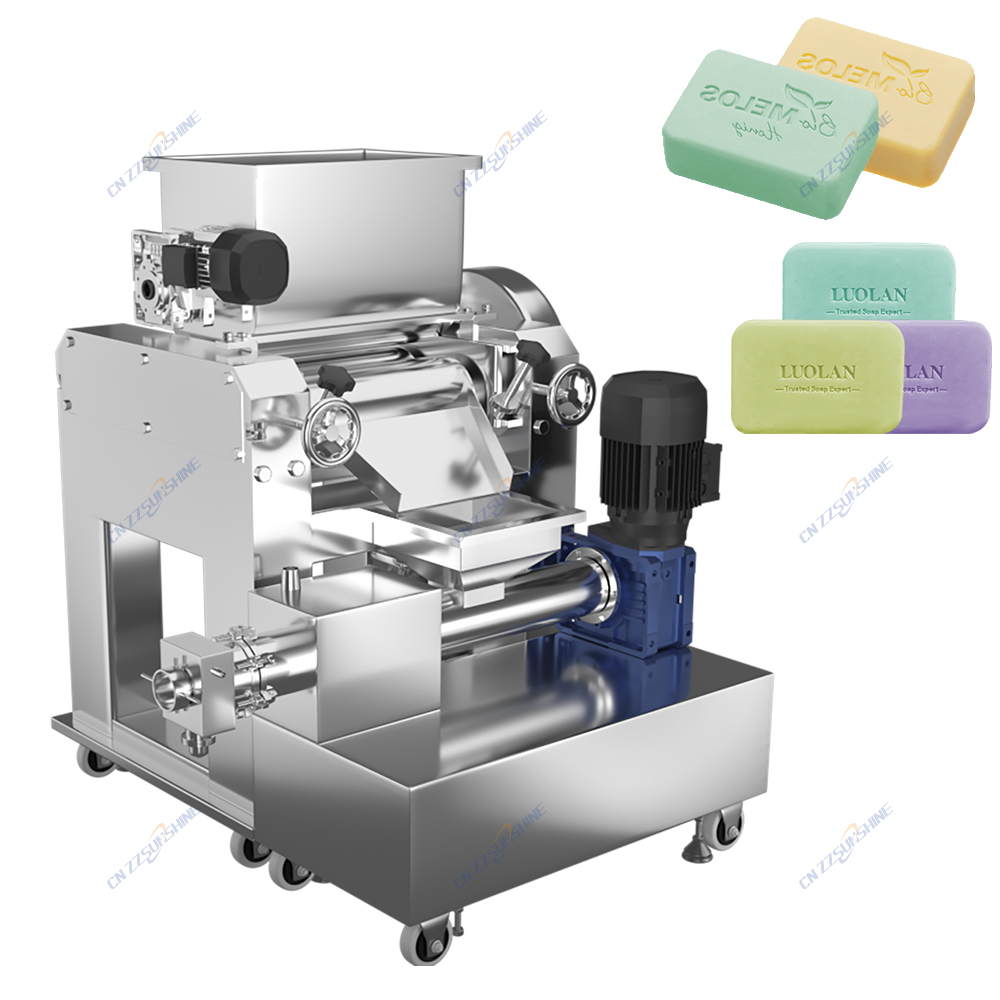For industry veterans navigating the competitive landscape of bar soap manufacturing, achieving consistent quality at scale is non-negotiable. This is where the **vacuum plodder machine** transitions from optional equipment to the absolute core of any efficient **laundry soap making line** or **toilet soap finishing line**. Its role is critical in transforming mixed soap base into dense, uniform bars ready for stamping and packaging within an **automatic soap production line**.
Unlike simple extrusion, a high-quality **soap plodder** operates under significant vacuum. This process meticulously removes trapped air pockets during extrusion. Why is this vital? Eliminating air ensures the final **bar soap** possesses superior density, hardness, and longevity. It prevents crumbling during use and significantly reduces weight variation – a critical factor for cost control and meeting labeling regulations. For producers of **laundry bar soap production line** outputs demanding durability, or **beauty soap making line** products requiring a premium feel, consistent density is paramount. The **vacuum plodder** delivers this reliability.
Integrating a **vacuum plodder** seamlessly follows the **soap mixer** or **mixing machine** stage, where the soap base, fragrances, colors, and additives are thoroughly blended. The plodder then compresses this mixture, forcing it through a refining cone and ultimately extruding it as a continuous, solid log. This log is perfectly conditioned for the next critical stage: precise cutting. Modern facilities typically pair the plodder with an **electric washing soap cutter** or **custom soap cutting machine** for high-speed, accurate sizing. This integration is key to a streamlined **soap making production line**.
Selecting the right **soap plodder machine** involves considering production volume (small batch **bath soap making machine** setups vs. high-tonnage industrial lines), desired final bar characteristics (translucency levels often demand specific plodder capabilities), and the level of automation required. Leading manufacturers often offer **OEM three roller grinding mill** solutions for pigment dispersion upstream, but the plodder remains the workhorse for bar formation. Investing in a robust **vacuum plodder** translates directly to reduced waste, lower labor costs per ton, consistent product quality meeting stringent specifications, and faster throughput – essential factors for profitability in today’s market. It’s the silent engine driving efficiency in any serious **soap making machine** operation.




